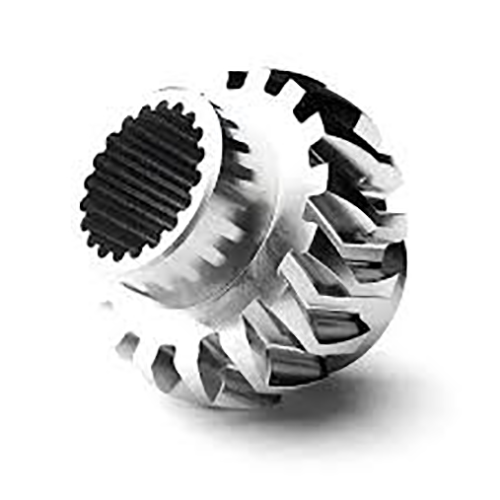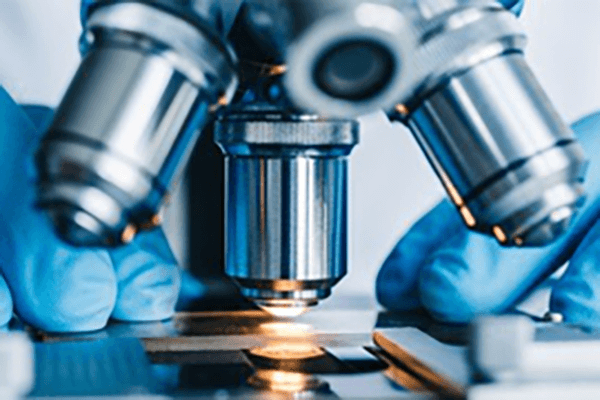
Meeting defined surface quality on a CNC-produced component is of paramount importance.
- Engineering annotations specify detailed surface expectations for components
- Callouts frequently reference metrics such as Ra (average roughness) for roughness quantification
- Appreciating callout details is key to ensuring product functionality
- Chosen finish influences lubrication retention, friction behavior, and part life
- Understanding the notation correctly yields the desired surface result
CNC Machining: A Definition of Precision

CNC machining represents a game-changing method in production through G-code driven routines the hardware sculpts intricate parts accurately.
- Automated machining allows fabrication of accurate parts from multiple materials
- The versatility of CNC machining makes it ideal for aerospace, automotive, medical, and electronics
- Numerical control systems guarantee repeatable accuracy between batches
Across prototyping through full-scale production CNC machining serves as a cornerstone in contemporary manufacturing
CNC Spec Interpretation
Parsing spec sheets may feel challenging at initial inspection
Still a modest foundation of know-how combined with structure allows navigating specs
Commence with recognizing main metrics: spindle rpm, feed, precision, work volume, control system
All these values combine to influence overall operational ability.
To illustrate, faster spindle rotation fits soft materials and quicker feed improves production rates.
Seeing these associations aids in selecting the correct machine for your use
Take time to inspect maker literature meticulously.
It will often provide valuable insights and clarify any technical terminology you may encounter
Complete Overview of CNC Equipment
CNC systems refer to programmed machine tools for accurate automated part production across materials They operate by interpreting digital instructions called G-code to control cutting tools or other actuators.
- Typical CNC models span milling centers, rotary lathes, CNC routers, plasma tables
- Machining methods apply across metals, plastics, wood, and composite substrates
- Furthermore CNC machines allow for rapid prototyping and low-volume production runs making them valuable assets for small businesses and research centers
CNC Machines: The Fundamentals Explained
These tools showcase a blend of mechanical exactness and intelligent software command Programmable machines execute software-driven fabrication of straightforward components and complex constructions Primary notion maps digital geometry to tangible fabricated pieces.
- Automated machine operation
- Digital-to-physical process
It entails finely timed actuator motions governed by software Engineers contribute by setting machining variables, overseeing runs, and assuring product standards.
Influence of Finish on CNC Operations
Achieving the desired surface finish in CNC machining is crucial It significantly alters operational behavior and appearance Material selection, cutting strategy, and finishing steps all influence final texture.
Smoother surfaces elevate durability while coarser textures may impair utility Machine-controlled fabrication offers many methods and cutters to achieve set surface qualities.
- Example: altering tool nose radius and flute profile |tool materials|speed settings to obtain particular finish
- Supplementary finishing like polishing or abrasive grinding enhances surface
Comprehending the connections between machining choices and texture secures better results.
CNC Overview: From Use to Application
Precision production uses machine control software to shape parts from different material classes These machines follow digital instructions to execute intricate designs with high accuracy and repeatability Familiarity with programming, tooling, and machine operation is key to process success
Use cases cover aerospace, automotive, medical, electronics, and more sectors From complex aerospace components to precise injection molds, CNC is essential for complex parts
Surface Finish Standards for CNC Machining
Correctly specifying finish is vital for CNC-produced components It secures that the final item meets both functionality and looks Surface finish callouts are typically represented using the system known as the Surface Roughness Ra Measured in micrometers or inches, the number reflects mean surface roughness height.
Account for desired texture and the component’s purpose when selecting finish

For instance a smooth surface finish might be preferred for parts that require tight tolerances or precise alignment
Conversely a rougher surface finish could be appropriate for applications where grip friction traction is important
Provide specific finish callouts in engineering drawings to communicate texture needs Provide the roughness average and detail supplemental processes or treatments needed.
Remember that effective surface finish callouts are key to achieving a successful manufacturing outcome
Kinds of CNC Machines and Their Strengths
CNC technologies cover several machine formats that handle a range of job types These versatile tools utilize computer-aided design (CAD) software to control cutting tools enabling precise and efficient fabrication of components.
- Turning equipment specializes in rotating the workpiece to create cylindrical shapes
- Grinders refine surfaces and achieve tight dimensional tolerances via abrasion
- Plasma cutters employ ionized gas arcs to sever metal quickly and accurately
Pick machines based on material compatibility, feature detail, and dimensional demands Every machine class brings specific strengths that serve sectors like aerospace and automotive.
Attaining Superior Surface Quality via CNC
Realizing premium surface texture is vital and CNC machining supplies tools to accomplish it Through careful tuning of feeds speeds and tool profiles operators manage chip formation and surface generation Furthermore the utilization of high-quality tooling materials and proper lubrication techniques contributes to a smoother finish Through careful selection of cutting strategies and meticulous machine setup CNC machining enables the creation of components with exceptional surface quality for diverse applications.
Securing Surface Finish Through CNC Programming
Skillful CNC programming directly impacts the final surface quality Combining feed, speed, and tool form strongly affects surface pattern and roughness Conscientious parameter tuning with sound coolant strategy produces excellent surface quality.
- Furthermore regular tool maintenance and inspection are essential for ensuring a consistent and high-quality surface finish over time Furthermore what is cnc regular tool maintenance and inspection are essential for ensuring a consistent and high-quality surface finish over time Furthermore regular tool maintenance and inspection are essential for ensuring a consistent and high-quality surface finish over time
- To perfect surface results factor in material, roughness, and intended application
- Simulated machining supports parameter refinement to mitigate surface issues
- In addition periodic tool servicing and checks secure consistent surface quality
